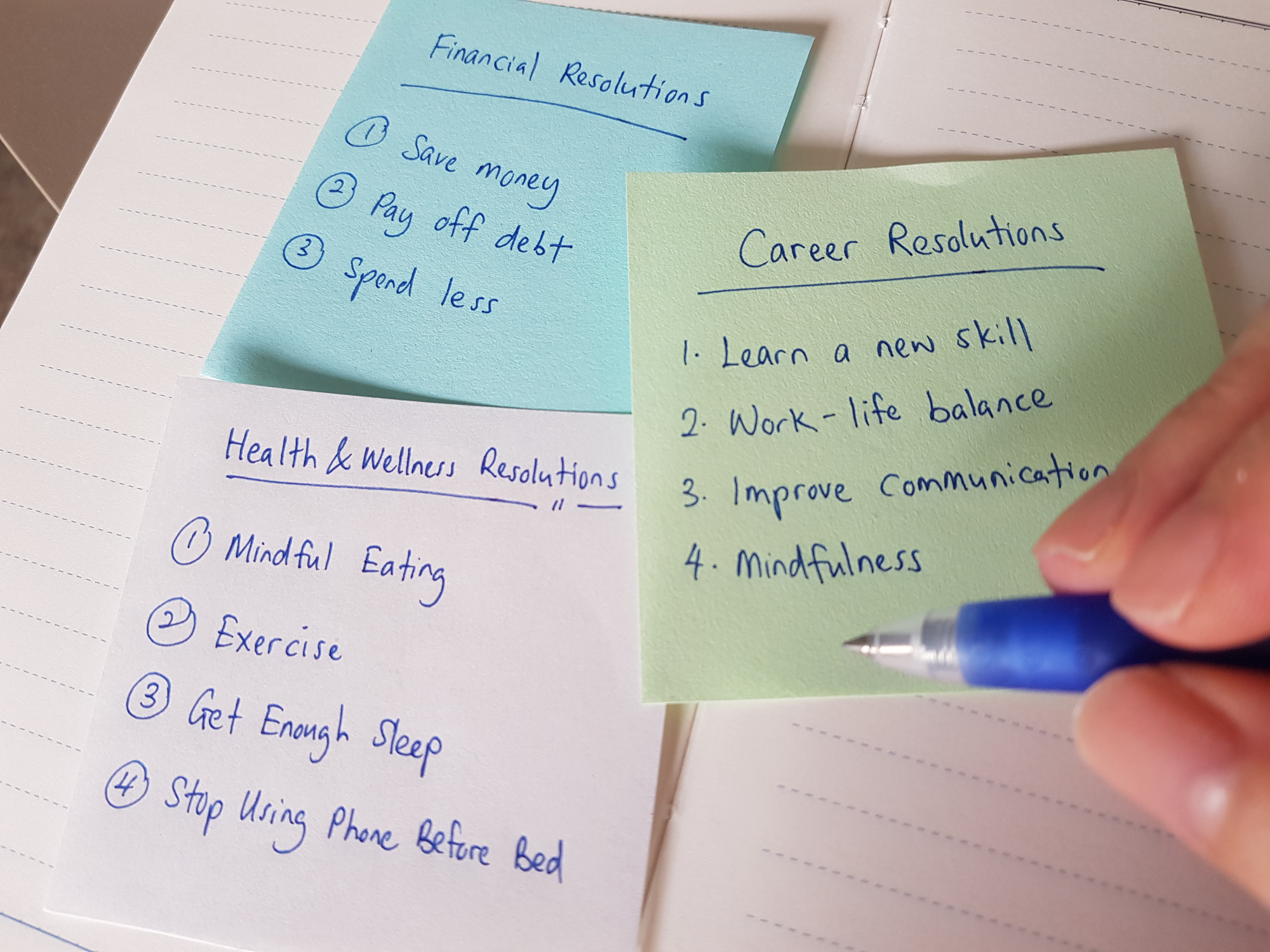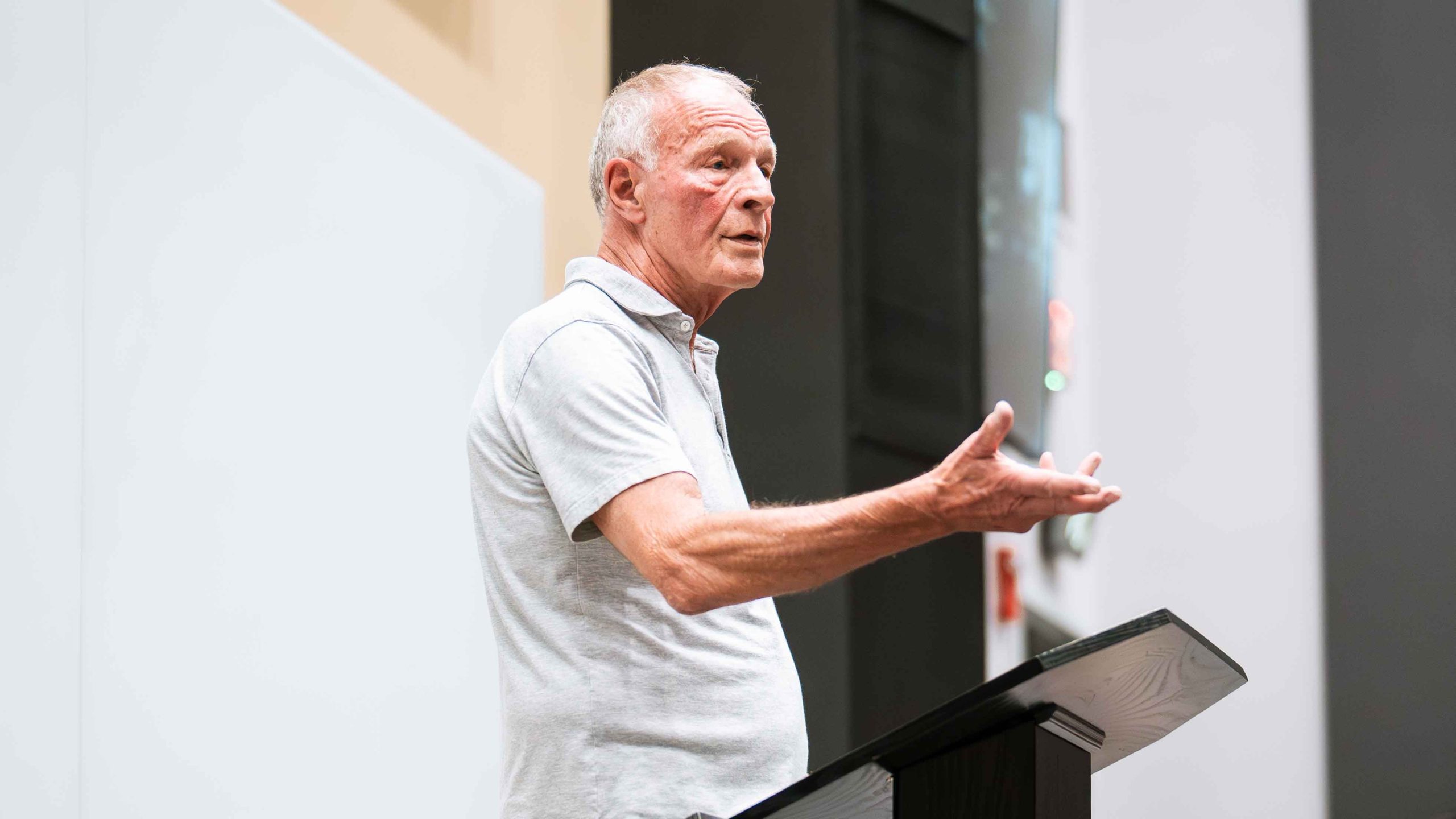A new look at domestic abuse
Sociology’s Angela Hattery offers a new approach to understanding ‘intimate partner violence’
Angela Hattery, Professor of Sociology and Women’s and Gender Studies, takes a new look at domestic violence in her latest book, “Intimate Partner Violence” (Rowman & Littlefield Publishers, 2008). Hattery, who joined the faculty in 1998, is also the author of “Women, Work, and Family: Balancing and Weaving” (2001) and, with professor of Sociology Earl Smith, of “African American Families: Issues of Health, Wealth & Violence” (2007). For several summers, she has co-taught a course “Social Stratification in the American South,” that takes students on a 14-day trip through the deep South to study civil rights.
Why do you use the term “intimate partner violence” to describe what’s commonly referred to as domestic violence?
‘Domestic’ is often used by researchers to suggest that battering is just another form of violence at home — including child abuse and elder abuse. I argue that battering is very different from these other types of violence and using the term ‘intimate partner violence’ helps to expose these differences.
Also, domestic implies that people are living together, which renders invisible the intimate partner violence that occurs between people who are not living together. It obscures battering at both ends of the relationships continuum: among those who are dating and do not yet live together, and among those who have separated or divorced and are no longer living together. It also allows us to focus on individuals who are living together but not married, and to broaden our focus to include gay and lesbian relationships.
Finally, intimate partner violence refocuses our attention to the fact that this is violence that is occurring between two people who claim to love each other. And, that is so integral to the tragedy of IPV.
What was different about your approach from previously published research?
I take two different approaches: including in the same study both battered women and men who batter (often each other), and looking at IPV as a problem interconnected with other social problems like unemployment, incarceration (particularly of African American men), health crises, declining wages, etc.
This allowed me to re-conceptualize IPV as not just a ‘women’s problem,’ which had led to it being ‘ghettoized’ in women’s studies, and not mainstream sociology — which in turn led to a different framework for understanding it and different proposals for solutions. Rather than focusing on IPV as a women’s problem or as an individual problem, I organize the book in such as way as to examine and expose the ways in which our culture and social systems — such as the economy and patriarchy — create an environment ripe for IPV.
You write in the book, “Until recently, domestic violence, as it has been referred to, was a problem to be dealt with inside the family.” How is it dealt with now?
Well, it still is dealt with inside the family, but my argument is that this is a big mistake, not just for the families it affects, but for all of us. I open the book by reconceptualizing IPV as more than just violence against women; it is a threat to public safety. Although more than 1,500 women per year in the U.S. are abused and murdered, IPV is a men’s problem too — it is men who most often inflict harm and take the lives of the very people they claim to love, and it is their actions that pose threats to public safety.
In framing it in that larger context, in terms of public safety, you make some interesting arguments about IPV and school violence.
The very first official school shooting in U.S. history began with a domestic violence homicide. Before the “tower shooter” (Charles Whitman), as he was known, began shooting on the University of Texas campus (in 1966), he shot his wife and his mother. And before Luke Woodham began shooting at his high school in Pearl, Miss., he shot and killed his girlfriend. The list goes on and on.
In April 2007 when the worst school shooting in U.S. history began at Virginia Tech, police believed that the first murder was a domestic dispute and that thus the shooter posed no threat to the rest of the campus. Though they were wrong in their assessment, either way, the assumption that domestic violence will not spill into the community is erroneous. Had police studied the relationship between domestic violence homicide and school shootings they would have responded more quickly in locking down the campus and potentially saving an additional 30 lives.
Is there a strong relationship between boys who were abused in childhood and men who become abusers?
Yes, but let me be clear: the majority of boys who experience or witness violence in childhood will not grow up to batter their partners. But, the odds are significantly greater that they will when compared to boys who did not grow up in violent homes. Most stunning is the fact that though boys who are victims of child abuse are slightly more likely to grow up to batter their partners, the strongest effect is for boys who witness IPV. Boys who grow up seeing their fathers or stepfathers beat their mothers are 3 to 5 times more likely to grow up to beat their partners. The lessons transmitted from fathers to sons are potent indeed.
Is the connection as strong for girls?
Less clear is the way that child abuse, and specifically child sexual abuse, pre-disposes women to being victims of IPV. I argue in the book that the primary mechanism is the devaluing of women’s bodies that occurs in childhood and is carried with them into adulthood leaving them vulnerable to other types of abuse. In short, sexual abuse, even more so than physical abuse, violates the most intimate boundaries of its victims. And, when girls experience this abuse in childhood or adolescence they often feel devalued and violated to the point that they aren’t empowered enough to protect their boundaries in adulthood. Thus, though as with men, the majority of girls who are sexually abused in childhood or adolescence do not grow up to be battered, the probability that they will be is significantly higher.
I know you’ve been working on this book — or at least thinking about it — for a long time.
I began the research more than 15 years ago as a graduate student at the University of Wisconsin-Madison. Then my daughter was born. I realized that it would be too difficult for me to spend my days listening to the horrible tragedies of the lives of battered women, only to return home each afternoon to hold my daughter, and know that someone once held these broken women and held the same hopes for them that I held for Emma. So, I pursued another project for my dissertation, always knowing I would eventually return to researching intimate partner violence.
Several years ago, I received some funding to interview men and women living with intimate partner violence. I conducted the first 20 interviews with (Associate Professor of Theatre) Cindy Gendrich. After my first interview I knew that my decision many years ago had been right. The stories were at times chilling and at times they broke my heart.
Did your research involve your students here?
Yes. I co-taught a course, Gender, Power and Violence, three times with (Professor of Sociology) Earl Smith. We not only studied IPV, but we used earlier drafts of the manuscript in the class. This allowed me to get feedback on the book that is different than the type of feedback one receives in a review process. I got a sense of how the book would work as a teaching tool. Second, I co-taught a First-Year Seminar with Cindy (Gendrich) in which we studied IPV by pairing sociological research on IPV with the production of a play about IPV, “A Lie of the Mind,” that Cindy directed the same semester. The first set of interviews we conducted was used by our students not only in the study of IPV, but also by the actors who played the roles in the play.
Categories: Research & Discovery
Wake Forest News
336.758.5237
media@wfu.edu
Meet the News Team
Wake Forest in the News
Wake Forest regularly appears in media outlets around the world.




